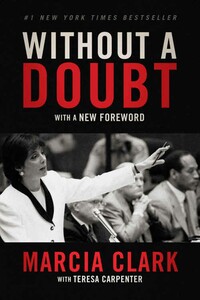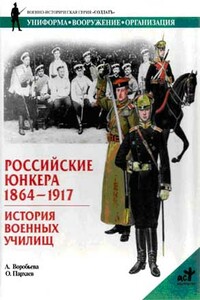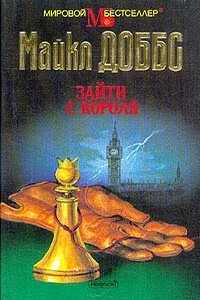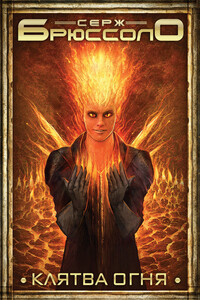When I finished writing this book in 1997, I couldn’t imagine that we would still be talking about the People v. Orenthal James Simpson nearly twenty years later. But really, no trial since then has been as heavily covered, as widely followed, or as intensely analyzed. Nor has any other case stirred up such a maelstrom of issues-race, celebrity, domestic violence, and the impact of media coverage on the criminal justice system.
With the benefit of time, both my views and the public discourse surrounding these issues have shifted: We have made progress in combating intimate partner violence, partially as a result of this case. Civil movements have learned to deploy visual recordings as powerful tools for justice. Video footage has in fact fueled the current national debate about police brutality against minorities. This in turn has opened Americans’ eyes to the role of race in many criminal cases, including the Simpson verdict.
Just two years before O. J. Simpson was charged with the murders of his ex-wife Nicole Brown and her friend Ron Goldman, an all-white jury acquitted LAPD officers who had been videotaped ruthlessly beating black taxi driver Rodney King. Long-simmering racial hostilities boiled over. The riots that erupted following the verdict have been characterized as the most violent of the twentieth century.
When I was assigned to the Simpson case, I had been prosecuting cases in downtown Los Angeles for ten years and was no stranger to the enduring racial divide in the criminal justice system. Even before the Rodney King trial, defense lawyers had often strategized around minority jurors’ wariness of the police. With tensions still running high in the wake of the uprising, my team and I were certain that race would play a part in the defense plan for Simpson. How, or to what extent, we didn’t know. But that did not remain a mystery for long: Just six weeks after the murders, Simpson’s attorneys publicly alleged that the bloody glove found at his Bel Air estate had been planted there by racist police officer Mark Fuhrman.
The assertion was preposterous. As I explain later in this book, it would have been impossible for Fuhrman to move the glove from the murder scene at Brown’s condominium on South Bundy Drive to Simpson’s home on North Rockingham Avenue two miles away. But the speed with which that claim gained traction and undermined the damning evidence of the glove, particularly within the African American community, was a bellwether of the degree to which race would play a part in the trial.
I learned just how quickly the theory had caught on when, months before the trial, our jury consultants conducted focus groups to gauge how a cross section of jurors would react to the case. The results vividly illustrated the stark contrast between black and white perspectives. The white members of the focus groups felt the case was a slam dunk for the prosecution. The African American participants, almost without exception, viewed the case with suspicion and found it eminently believable that Fuhrman had planted the glove.
Later, cable news pundits commenting on the case would pontificate about this dynamic on their talk shows. Among them was attorney Johnnie Cochran who, well before he joined the defense team, proclaimed, “Give me one black juror, and I’ll hang the case!”
There was a certain irony to the notion that the police would frame Simpson. Black men had undeniably been mistreated in the criminal justice system. But Simpson was not one of them. Over the years, when Nicole Brown called 9-1-1 to report that Simpson had beaten her, police officers frequently washed out the charges. Simpson would sign a football for them, and the officers, his adoring fans, would walk away. Even Mark Fuhrman had declined to arrest Simpson for bashing in the windshield of Nicole’s car-while she was sitting in the driver’s seat.
But this irony was illuminating. It told me that Simpson, the man, was less important than Simpson, the symbol. O. J. Simpson wasn’t just any black man; he was a famous black man-one who’d transcended racial barriers to become a celebrity beloved by everyone. In his own words, “I’m not black, I’m O. J.!” To many members of the African American community it didn’t matter much that Simpson was an unlikely target for police malfeasance or that Fuhrman had had no opportunity to plant the glove. Instead, it was critical that this successful black man not be taken down by a discriminatory system.
In that manner, race and stardom were intertwined. Had the defendant been a famous white football player or an ordinary black citizen, I believe he would have been convicted. But his position as a black man who was also a celebrity packed a powerful one-two punch: it assured loyalty to Simpson and reinforced African American jurors’ distrust of the police.
From the prosecution’s perspective, the question was never whether we faced an uphill battle with black jurors. The question was what to do about it. But there were no viable answers. The talking heads, who had no clue what we were up against, insisted that the sheer weight of the evidence would compel a conviction. Other lawyers came up with solutions like, “don’t call Mark Fuhrman to the stand” or “don’t present the Rockingham glove.” But I knew that in response the defense team would accuse me of trying to hide the racist cop and crow that I’d conceded the glove had been planted.












